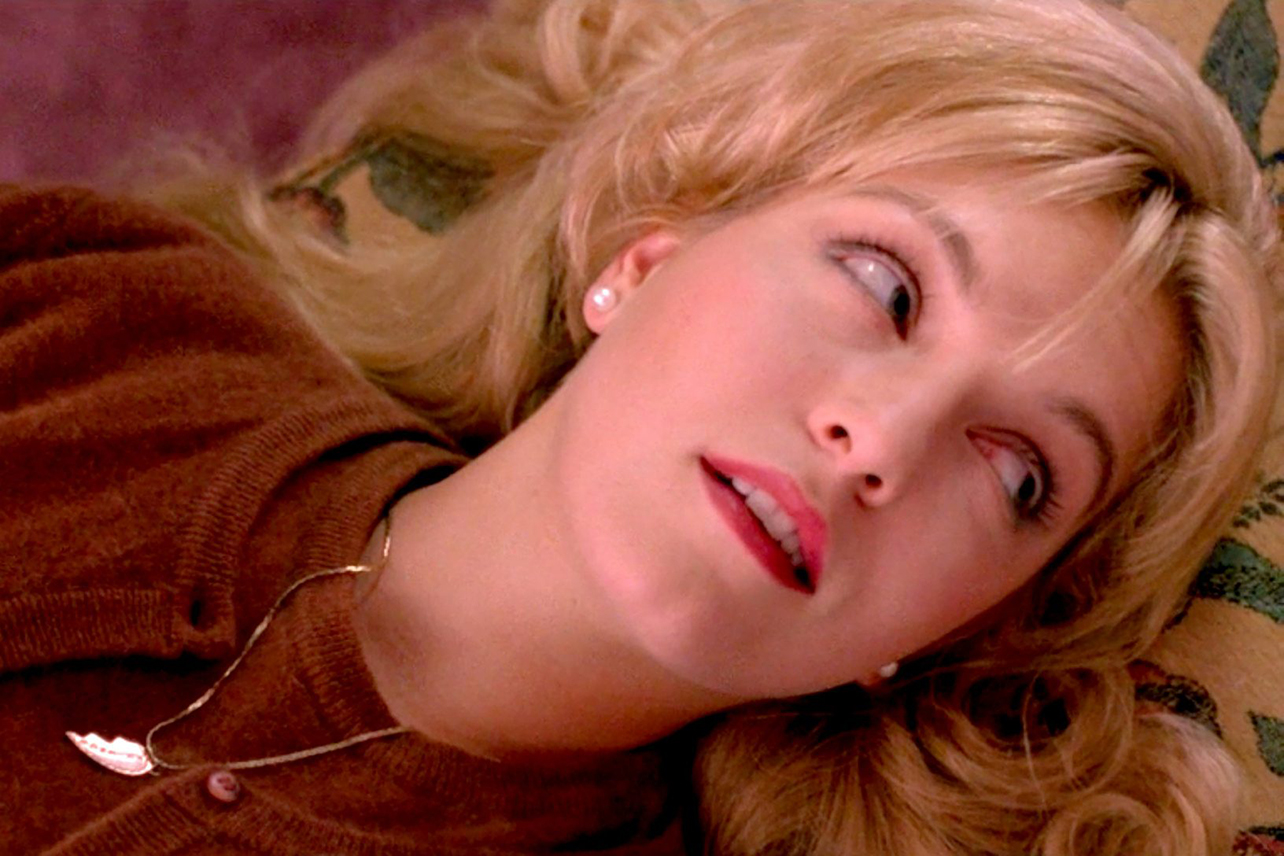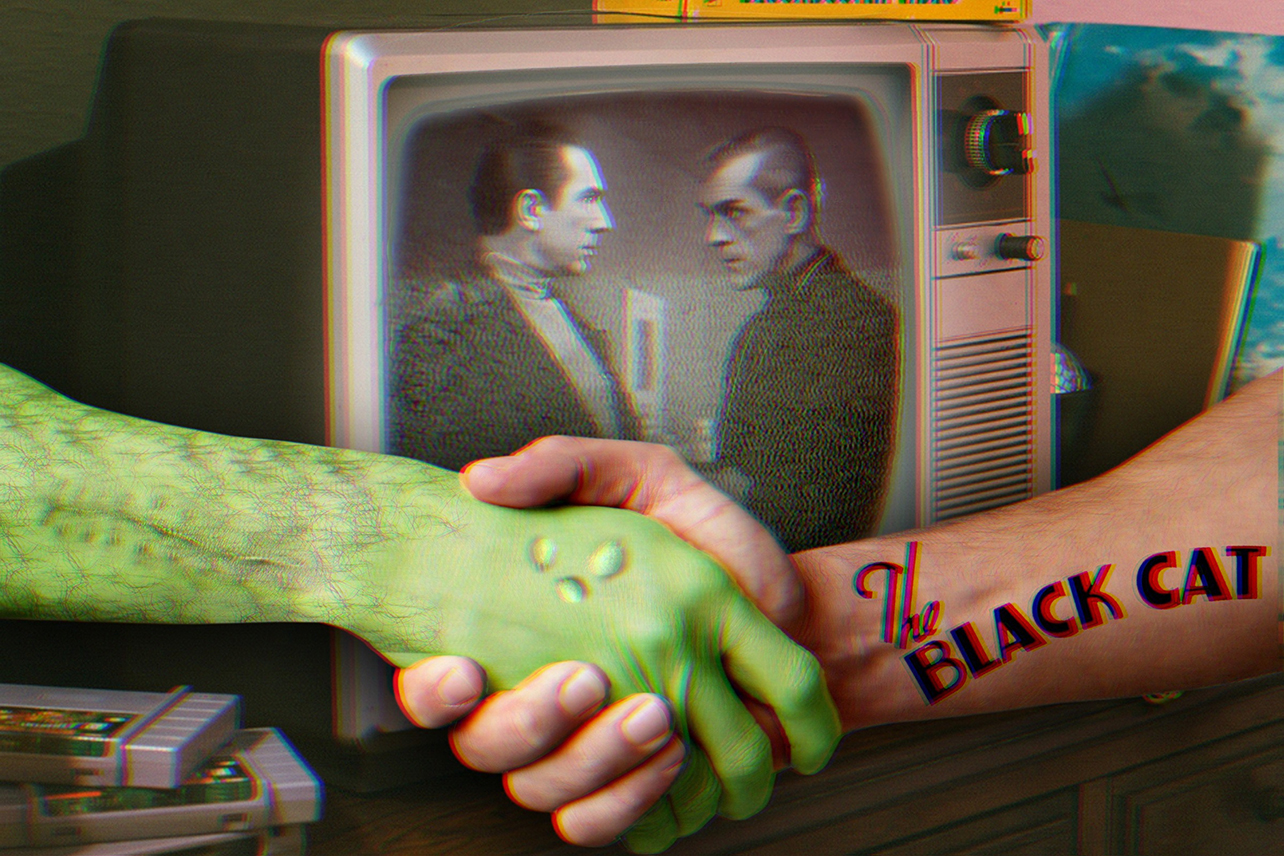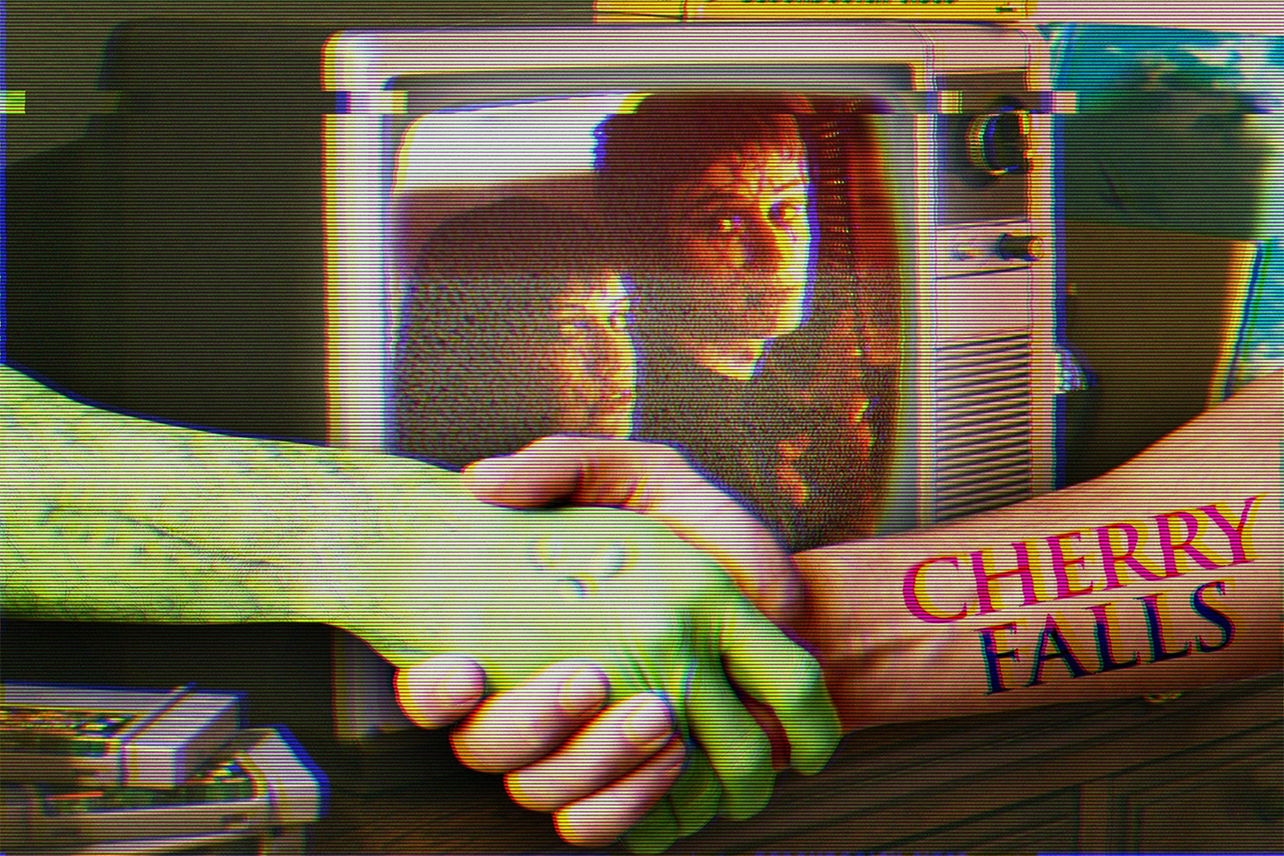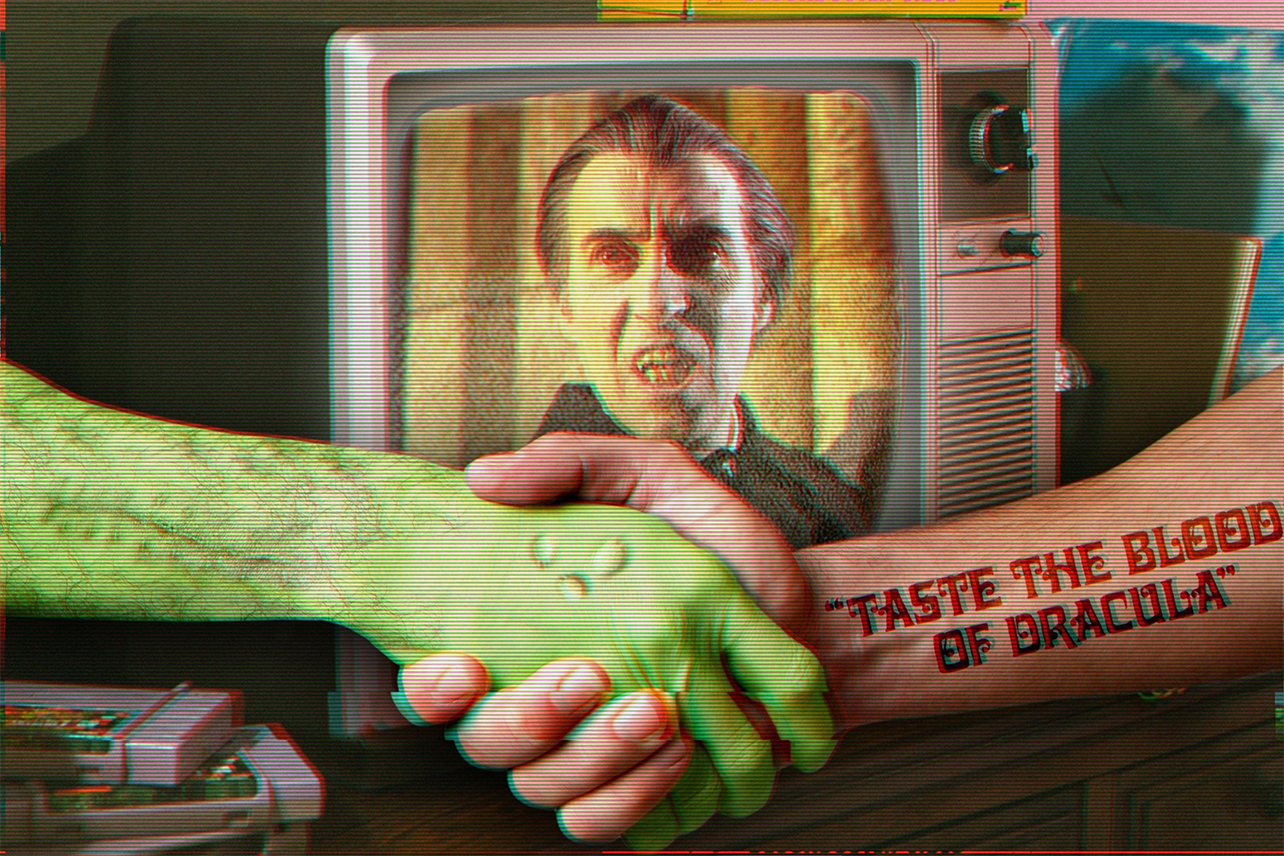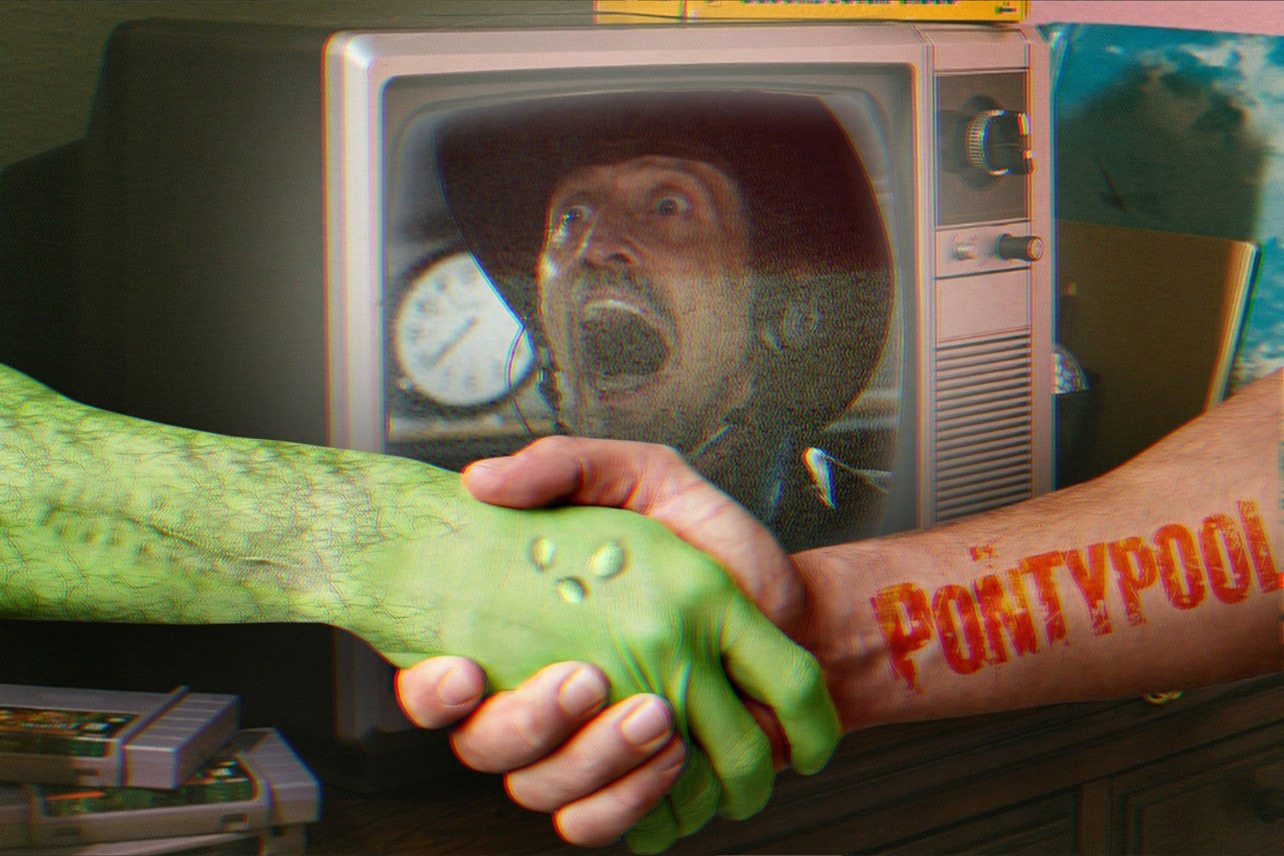Welcome to Horror Secret Handshakes, a monthly column spotlighting horror stories off the beaten path that serve as an instant vibe check with new friends, acquaintances, and fellow fans. If you both know the story, you feel the bond.
A few years ago, my father-in-law came to town and brought a couple of friends along with him. I'd never met these people. They were older than me, in a different income bracket, and their lives didn't sync with mine in too many ways. Then, upon learning I wrote about and loved horror films, one of them said: "You know what's a good horror movie that not many people have seen: Scarecrows."
I grinned, he grinned, and suddenly we had something to talk about.
Even among people who love '80s horror movies, Scarecrows sometimes gets left out of the conversation, but people who know it tend to prize its eerie vibes and folk-horror-tinged brutality. The film was actually shot and primed for a theatrical release in the mid-1980s, but when its distributor went through bankruptcy, it wound up in limbo before finally creeping onto the home video market — and finding an audience — in 1988. These days, it's often hard to track down on streaming services, adding to its relative obscurity. It's out there, though, for those willing to seek it out. I'm here to tell you that, if you love '80s horror and creepy vibes, you should absolutely seek this one out.
Directed and co-written by William Wesley, Scarecrows feels at first glance like the kind of movie someone was bound to make eventually. In a decade where every conceivable type of creature became a practical effects-driven horror star, someone was bound to get to scarecrows, with their creepy burlap heads and straw-filled bodies. But Scarecrows is not content to coast on vibes, and it sets itself apart right away by coming at the creepy living scarecrow idea from an unexpected angle.
This is a film that starts with shots of terrifying scarecrows hanging on crosses in the dark, then pivots to a plane where several mercenaries have the pilot at gunpoint, having just robbed several million dollars from a US military base. Things get more complicated when one of their own, Bert (B.J. Turner), steals the loot, drops it in a field, then parachutes down after it while throwing a grenade into the plane. His plan fails when his former friends survive and parachute down after him, determined to get their money back and take revenge on Bert.
So we begin not with a horror film, but a crime film, about criminals on the run trying to off each other over a stolen bundle of money so the victors can flee to Mexico. The trouble is that Bert parachutes into a field adjacent to an old farmhouse, abandoned save for three scarecrows still hanging up amid the foliage, scarecrows that seem to have a life of their own, and a connection to the farmhouse's past.
It feels at first glance like a long walk to get the horror of it all, but watching Scarecrows, you start to realize that the juxtaposition is the whole point. Like Predator or Aliens, both made around the same time, there's an effort to take action cinema machismo in the form of soldiers of fortune who have every martial advantage, and pit them against a threat beyond human understanding. While this film doesn't have even close to the budget of those other two, it works. There's a scrappy energy to it as well, a sense of bantering and survival horror and slowly encroaching madness that reminds me of another secret handshake horror movie, Neil Marshall's Dog Soldiers, which showed up about two decades later.
But what really puts Scarecrows over the top, beyond the clever writing and a narrative that throws the viewer off balance in the opening minutes, is the atmosphere. This is a low-budget, independently made film that largely takes place in a single location (apart from the plane, which bookends the film), with a cast of just seven actors and three scarecrows to serve as monsters. When Bert steals the money from his fellow thieves, we as an audience are instantly thrown into a chaotic moment as the other thieves go looking for Bert and two hostages, pilot Al (David James Campbell) and his daughter Kellie (Victoria Christian), are left to contend with the fallout. With its characters at odds, the film settles in to a story that takes place entirely over the course of one night, as the thieves and their hostages discover that things around the farmhouse are just plain weird.
How weird? Well, this is a film featuring a truck that drives several miles before a character discovers that it has no engine, a film that refuses to explain why three men in a photograph seemingly became evil scarecrows, or what it is they want with the thieves who've stumbled into their haunt. It's a film that kills characters and then turns them into scarecrows by stuffing their chests not with straw, but with the money they stole, a brutal reveal by any standard of horror cinema. And through it all, Scarecrows retains a commitment to dread, paranoia, and slow-burning supernatural influence, all without leaning too hard on lore or exposition to keep things moving. There are at least half a dozen moments in Scarecrows that will get under your skin and stay there for weeks, wriggling around in your veins like straws of hay. No wonder I was so excited to find someone else who loved it as much as I do.
If you haven't already, consider supporting worker-owned media by subscribing to Pop Heist. We are ad-free and operating outside the algorithm, so all dollars go directly to paying the staff members and writers who make articles like this one possible.

